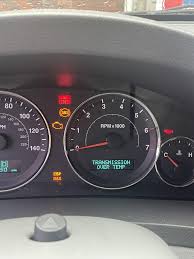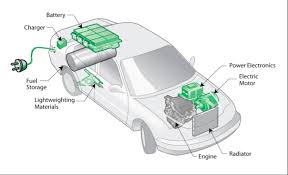If you believe that your car has a faulty spark plug, use a multimeter to check it out in 7 straight stages.
An ignition coil is a vital component of todayss modern engine management system. Virtually all vehicles manufactured today use ignition coils to provide the spark for the engines spark plugs. An ignition coil is an inductive coil that is a part of the vehicles secondary ignition system. It uses electromagnetic induction to convert the vehicles twelve volts into the several thousands of volts required to create a spark powerful enough to jump across the spark plug gap.
Depending on the manufacturer ‘s design, some vehicles will use one or two ignition coils which are responsible for firing multiple spark plugs, sometimes via low-resistance ignition cables. For each individual spark plug, one ignition coil is used by other designs which is bolted directly over the spark plugs.
While the purpose and operation of ignition coils is relatively simple and passive in nature, they are in fact a vital component to efficient engine operation — and their malfunction can cause all sorts of problems. A failed ignition coil can show up in several ways, ranging from noticeable decreases in power and fuel mileage to severe engine misfires that can sometimes render the vehicle undrivable. Because of their location (often right on the engine), ignition coils are subject to the harsh conditions of high heat and vibration from engine operation.
Over time, they can burn out or develop increased electrical resistance that can lead to misfires or a weakened, less-efficient spark that will hinder performance. In this step-by-step guide, we will go over how to test whether an ignition coil is good or bad by examining the resistance using a digital multimeter.






